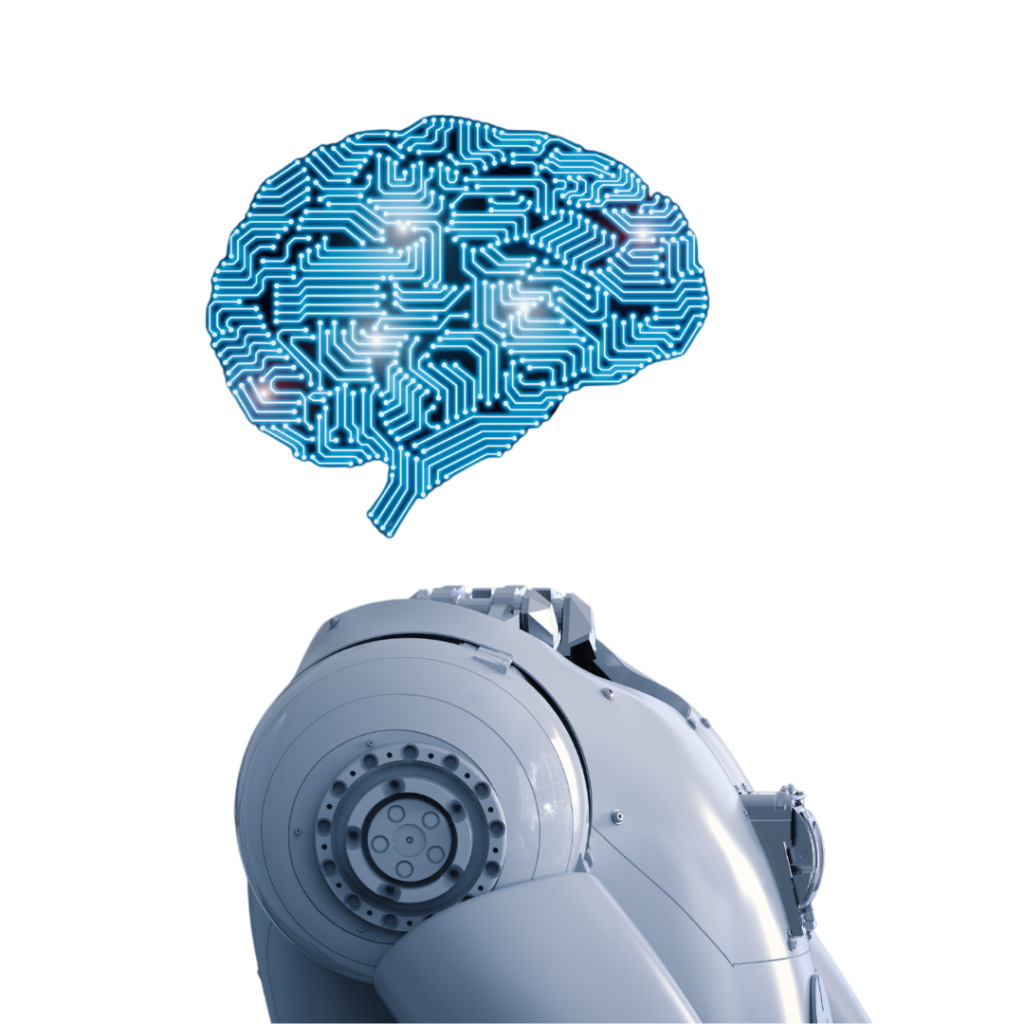For years, industry experts have anticipated the revolutionary impact of AI in construction. And while the use of AI and machine learning is nothing new to construction, today its influence has grown exponentially. The adoption of AI has quickly become one of the top technology trends in construction, helping to make projects more efficient–and more cost-effective.

What is AI?
It’s a term to describe when a machine or software mimics human cognitive functions, such as problem-solving or pattern recognition. Machine Learning is a subset of AI, and refers to the ability of a machine to get progressively better at completing tasks by continuously analyzing and re-analyzing new data.
How is it Currently Being Used in Construction?
AI is becoming a valuable tool at every stage of construction. In pre-construction, it assists project managers and owners with predictive analysis, bid evaluation, resource management, and design improvements.
During the build, AI helps improve safety, automate quality control, supports real-time decision-making, and can even manage repetitive tasks.
And finally, in the post-construction phase, AI helps analyze project data, leading to better decisions for future projects.
Let’s explore five practical examples of how AI is currently benefiting the construction industry.
Pre-Construction Uses

1. Site Analysis and Selection
AI enables developers to quickly and thoroughly analyze data, improving site analysis and selection. By processing geographical information, zoning regulations, and environmental conditions, AI helps developers identify the most suitable locations for a project. This faster, more accurate analysis streamlines the pre-construction process and provides better insights into factors like soil stability, flood risks, and resource proximity, leading to a smoother construction phase.
2. Cost Estimation and Budgeting
Another valuable pre-construction use case is for cost estimation and budgeting. AI-powered tools can analyze historical project data, current material costs, and labor rates to provide very accurate cost estimates for new projects. These tools can even point out opportunities for cutting costs.
This allows project managers and developers to more accurately scope project needs, including budgeting and resourcing, leading to precise estimates for clients. With improved estimation accuracy, the risk of budget overruns is minimized, keeping projects cost-effective and, most importantly, clients satisfied.
During Construction Uses

3. Boost Jobsite Productivity
Integrating intelligent systems and automated machinery into daily operations is a practical way to enhance jobsite productivity. For example, drones can reduce the time spent on site surveys, while AI-driven machinery handles repetitive tasks like welding, allowing skilled workers to focus on more complex activities. Sensors embedded in equipment monitor performance and alert project managers to potential issues before they escalate into costly delays. Additionally, offsite construction processes benefit from robotic systems that assemble building components more efficiently. By combining these technologies, construction firms can streamline operations and improve real-time decision-making, potentially boosting productivity by up to 50%.
4. Jobsite Safety
AI-powered tools are revolutionizing jobsite safety by automating hazardous tasks, reducing the need for workers to be exposed to dangerous conditions. The most significant advancements, however, come from AI integration with construction cameras.
AI-powered motion detection in construction cameras improves safety by delivering real-time alerts that shorten response times during incidents. These systems also provide ongoing monitoring, reducing the need for constant human oversight.
Additionally, some AI-enabled construction cameras offer object identification and image recognition, tracking vehicles and personnel on site to automatically detect potential hazards. These cameras can also verify the use of personal protective equipment, helping safety managers enforce compliance with safety protocols.
5. Predictive Maintenance
Consider a project where heavy machinery, like excavators and cranes, is critical to daily operations. Using AI-powered predictive maintenance tools, project managers can monitor equipment performance data in real time.
For example, if the system detects abnormal vibration patterns or overheating in an excavator, it can predict a potential breakdown before it happens. The project manager can then schedule maintenance during a planned downtime, preventing unexpected delays.
This proactive approach not only keeps the project on schedule but also extends the equipment’s lifespan, reducing the need for costly repairs or replacements. Additionally, by avoiding sudden equipment failure, the jobsite remains safer, reducing the risk of accidents and keeping the project running smoothly.
Conclusion
AI is no longer a concept of the future–it’s a tool that is actively transforming the construction industry at large. And it’s here to stay. While there are numerous use cases for AI today throughout the entire construction process, those use cases and applications are expected to rapidly grow in the years to come as the construction industry continues to adopt AI.
Project managers, company owners, and developers who stay informed about the latest AI trends and tools will improve project efficiency, make more informed decisions, and build more cost-effective projects. However, advancing current construction practices is just the beginning. The full potential of AI in shaping what we can design and build is only starting to emerge.
Want to stay updated on the latest and greatest technology trends in construction? Our blog is full of valuable insights and information on emerging technologies like AI. Subscribe to stay ahead of the curve with expert analysis, industry news, and practical tips to help you leverage cutting-edge innovations in your projects.

